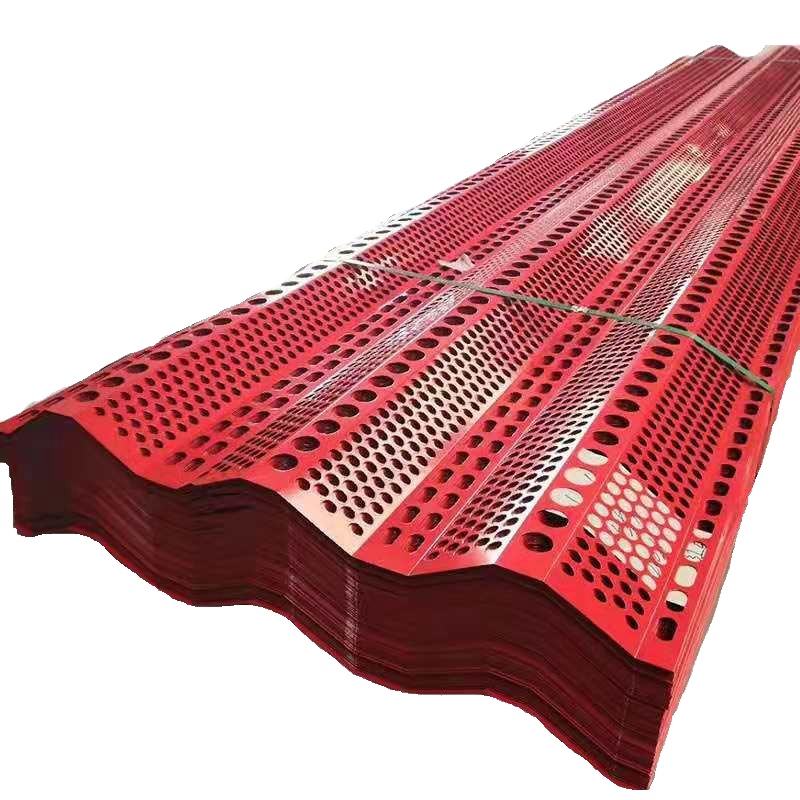How Do Sound Barriers Work?
Sound barriers, or soundproofing systems, are structures or materials designed to reduce noise pollution, especially in environments where noise can disrupt daily life or affect health. They play a crucial role in urban planning, especially near highways, railways, and airports, where the noise from vehicles and machinery can be relentless. Understanding how sound barriers work involves exploring the principles of sound, materials science, and engineering.
The Science of Sound
To grasp the function of sound barriers, it’s important to first understand the nature of sound. Sound travels as waves through the air, made up of oscillations in air pressure. These waves can vary in frequency and amplitude, defining their pitch (high or low) and volume (loud or soft). When sound waves encounter an obstacle, such as a wall or barrier, they can be absorbed, reflected, or transmitted depending on the material properties of the barrier.
Basic Mechanisms of Sound Barriers
1. Absorption Some materials can absorb sound waves rather than reflecting them. This property is particularly useful for reducing noise in areas like recording studios or auditoriums. Materials such as acoustic foam, carpets, and heavy drapes can dampen sound energy, thus reducing the overall noise level.
2. Reflection Sound barriers are often designed to reflect sound waves away from the sensitive areas. Concrete walls or wooden fences, for example, can redirect the noise away from residential neighborhoods and back towards the source, effectively keeping the noise contained.
3. Transmission Loss This concept refers to how much sound is reduced as it passes through a barrier. Dense and heavy materials generally provide a higher amount of transmission loss, making them more effective as sound barriers. For instance, a thick concrete wall will reduce sound transmission significantly more than a lightweight fence.
how do sound barriers work

Design Considerations
When designing sound barriers, various factors need to be considered, including height, placement, and material. The height of the barrier is crucial; generally, the taller the barrier, the better it can deflect sound waves. However, it’s also important to consider the line of sight between the noise source and the receiver. If a barrier is not high enough to block the direct line of sight, it may not be as effective.
Placement is also vital. Barriers should be installed as close to the noise source or the sensitive area as possible. Moreover, gaps or openings in barriers can allow sound to leak through, so continuity in the barrier’s structure is critical to its effectiveness.
Innovations in Sound Barriers
As urban areas continue to grow and develop, so do the innovations in sound barrier technology. Modern sound barriers may include features like green walls, which incorporate vegetation to enhance sound absorption while providing ecological benefits. Others may utilize advanced materials that combine lightweight designs with high-density composites to minimize noise pollution effectively.
Furthermore, technological advancements, such as smartphones and noise monitoring systems, allow cities to better assess noise pollution and the effectiveness of existing barriers. This data-driven approach helps in making informed decisions regarding where new barriers are needed most.
Conclusion
Sound barriers serve an essential function in mitigating noise pollution and protecting communities from the adverse effects of excessive sound. By absorbing, reflecting, and preventing sound transmission, these structures play a key role in enhancing urban living environments. As technology continues to advance, so too will the methods we employ to combat noise, ensuring that peaceful living spaces are preserved even in bustling cities.
-
Versatility of Expanded Aluminum Metal for Various Applications
NewsMay.19,2025
-
The Geometry of Steel Gratings: Why It Matters
NewsMay.19,2025
-
Reinforcement Applications of Perforated Mesh in Masonry
NewsMay.19,2025
-
Essential Tools for Installing a Deck Mesh Railing
NewsMay.19,2025
-
Anti-Slip Flooring Made with Stainless Expanded Mesh
NewsMay.19,2025
-
Adjustable Steel Grating for Uneven Terrain
NewsMay.19,2025
Subscribe now!
Stay up to date with the latest on Fry Steeland industry news.

